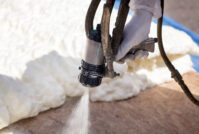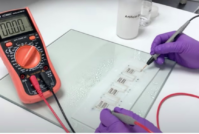look what we did!
Category: Innovation Bonds
Polyurethane Helps Hot-Air Balloons Soar
Originally invented in France in the late 1700s, hot-air balloons use air displacement to rise gracefully into the sky. Air displacement is caused by heating a lifting gas such as helium, hydrogen or oxygen underneath a thin material called an envelope. When the balloon is connected to a basket or other container, air displacement allows the basket to carry passengers up to 32 miles into the atmosphere.
Balloons have been used in wars and raced in competitions. Hot-air balloons have helped conduct weather and other experiments, and they routinely provide a beautiful venue for aerial photography and wedding proposals.
In the past, balloon envelopes were made of everything from paper to rubber. In today’s balloons, the envelope is usually made of a fabric woven from nylon and polyester. Nylon provides strength and is lightweight; polyester helps the fabric withstand the temperatures of the heated gas.
The fabric itself is woven as a mesh that allows air to pass through it, so it must be coated with a sealant. That’s where polyurethane comes in. It is the most common sealant for balloon envelopes. Other additives help give the material flexibility and protect the coating from breaking down under the sun’s ultraviolet rays. Multiple coats of polyurethane may be applied to achieve the correct balance of airtightness and material strength.

























